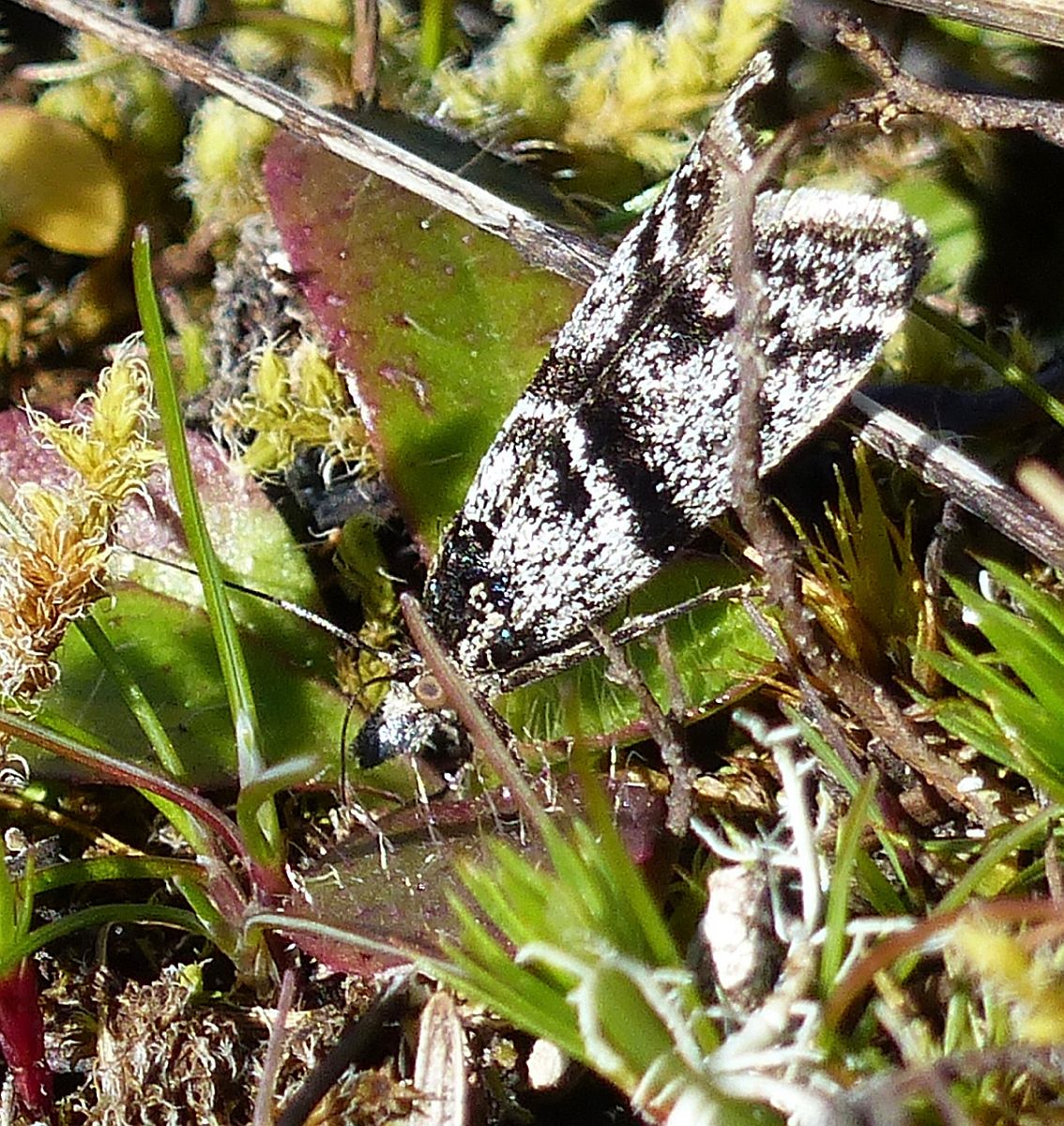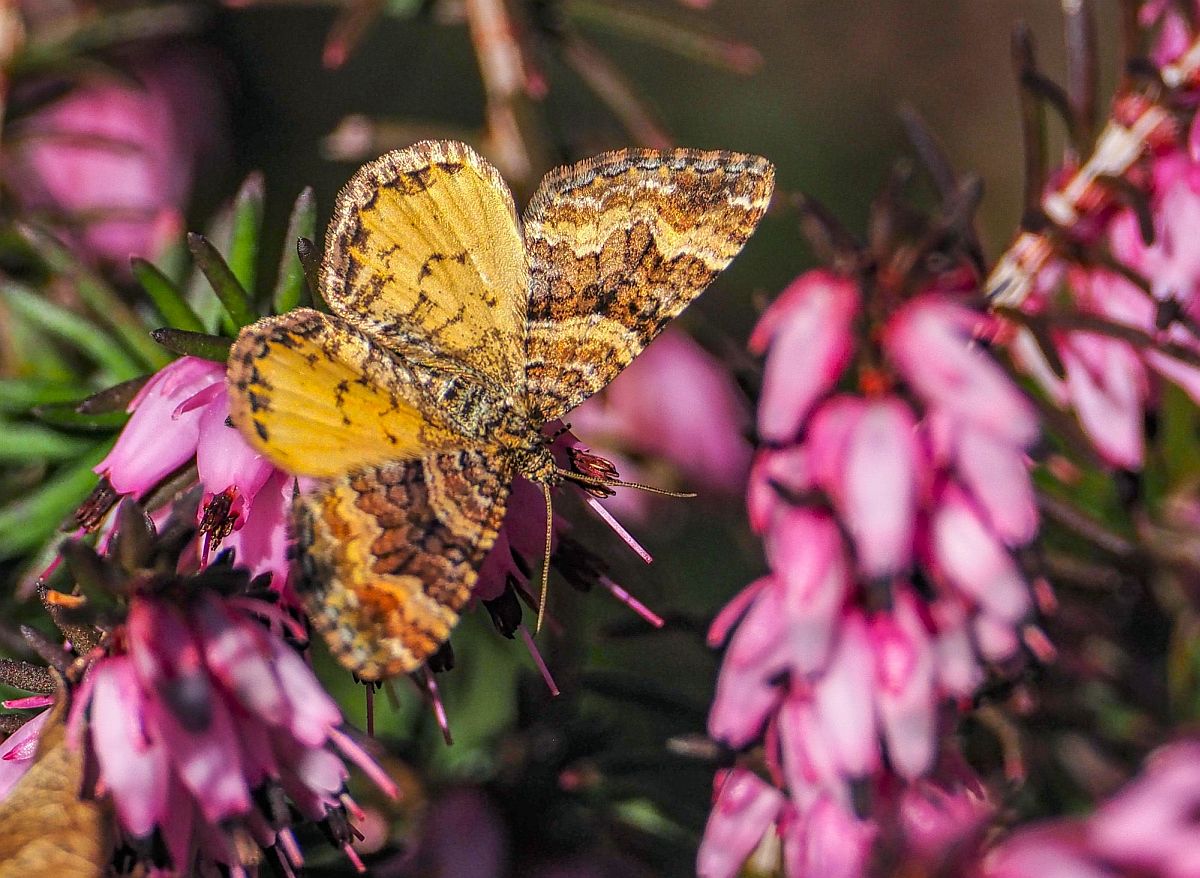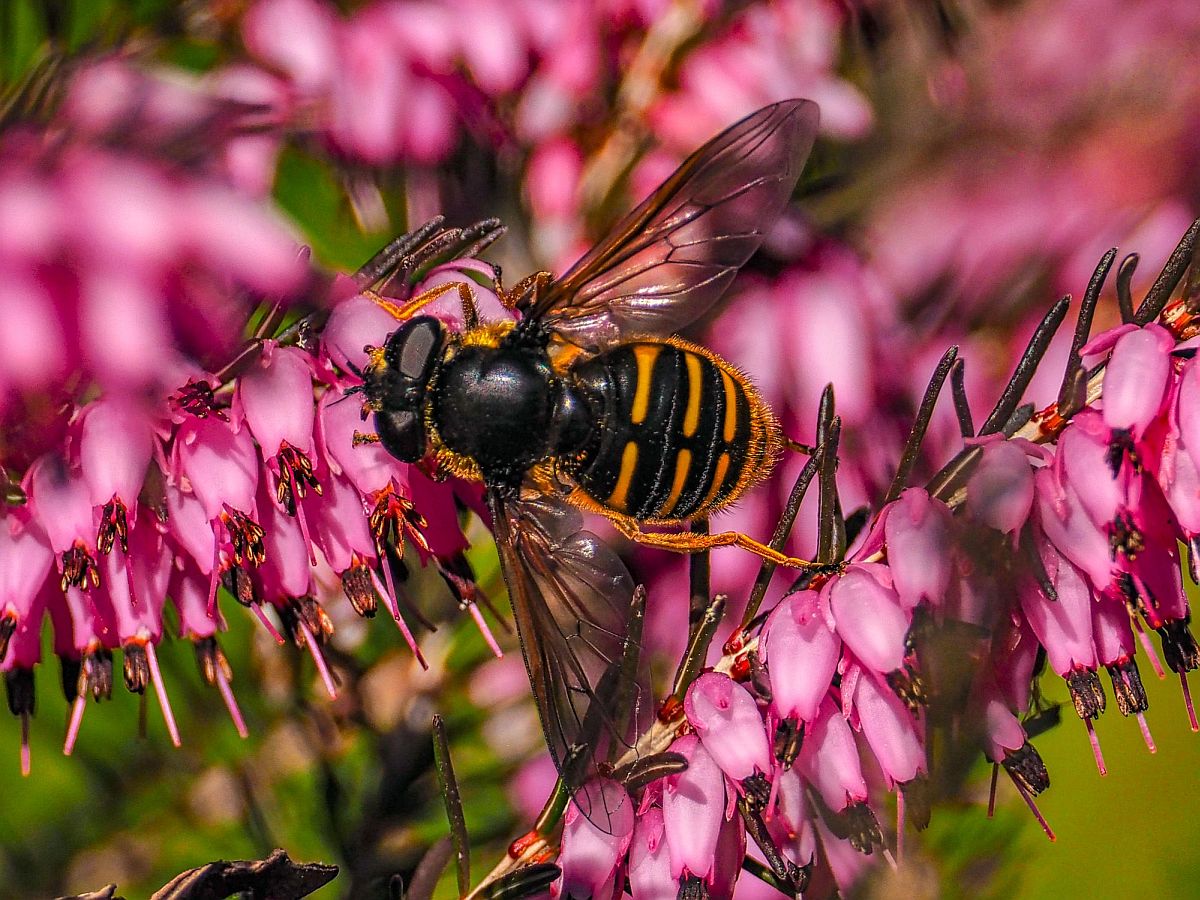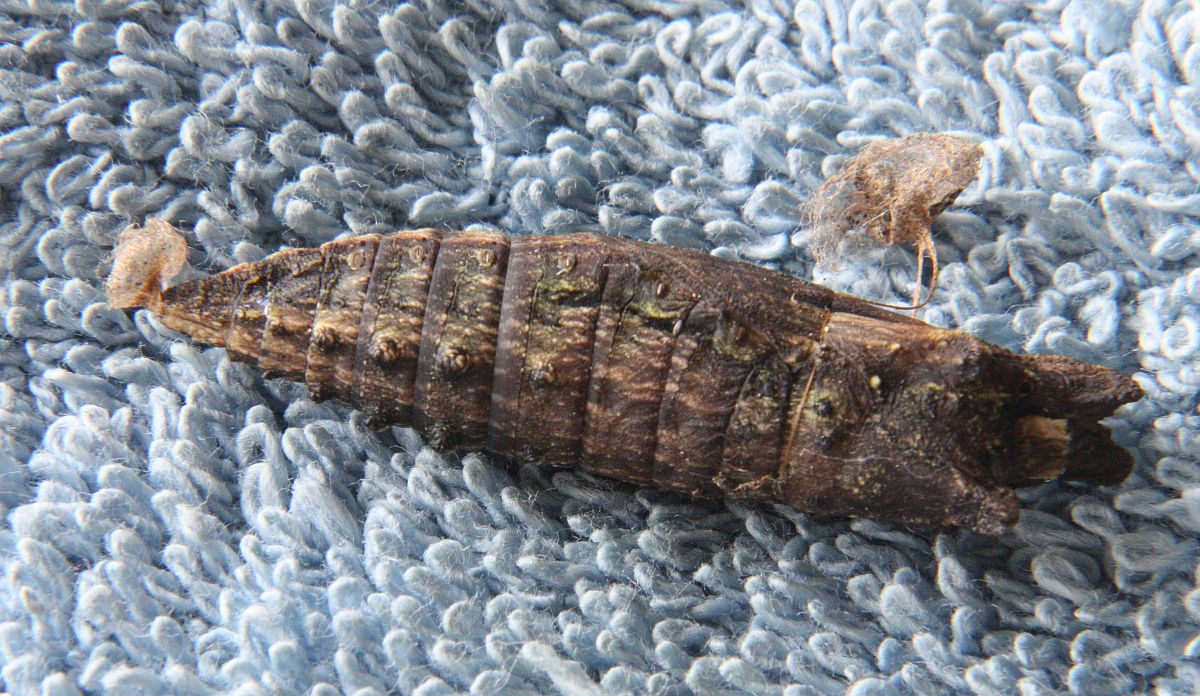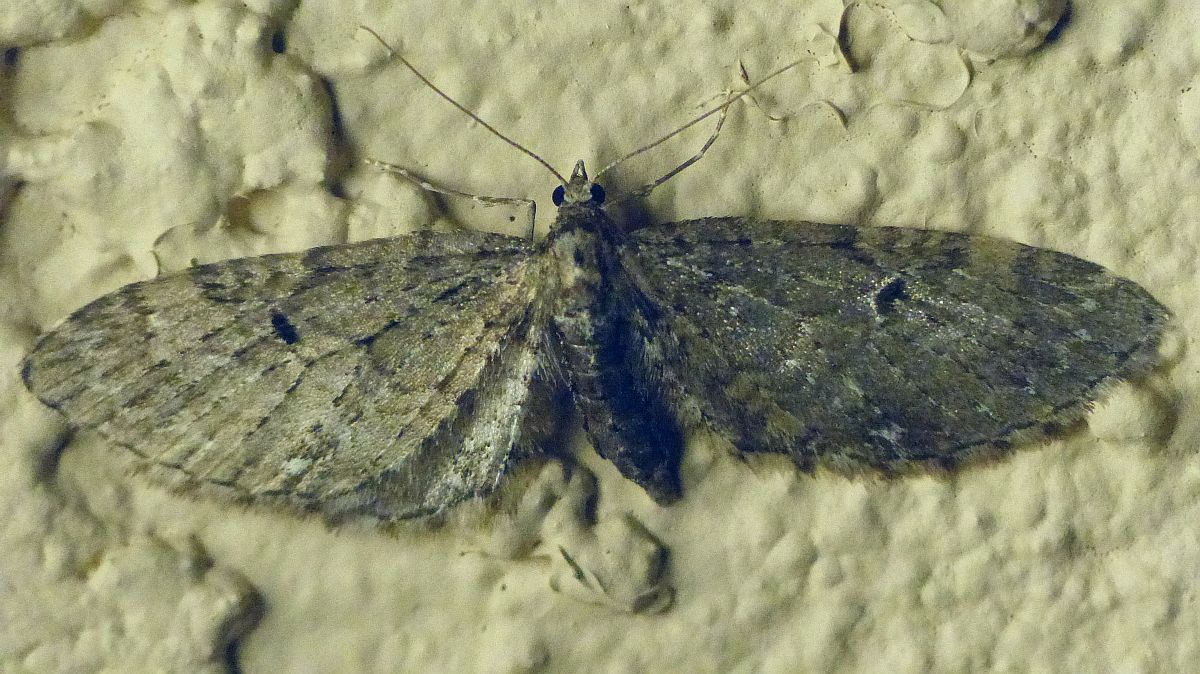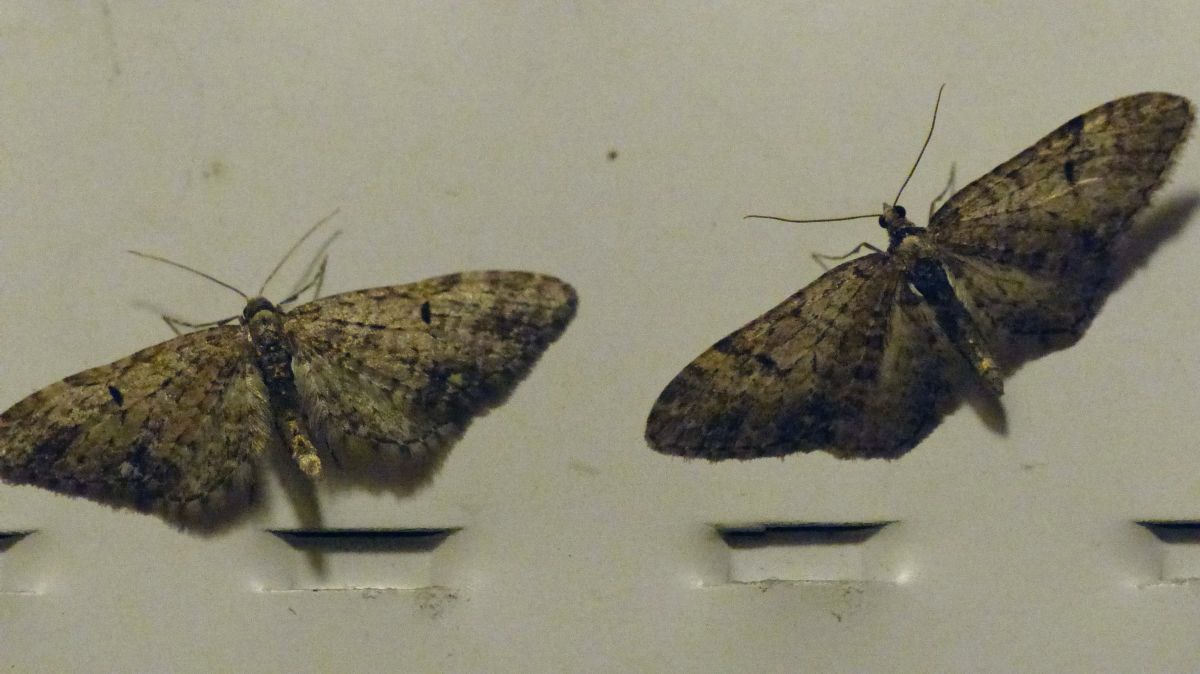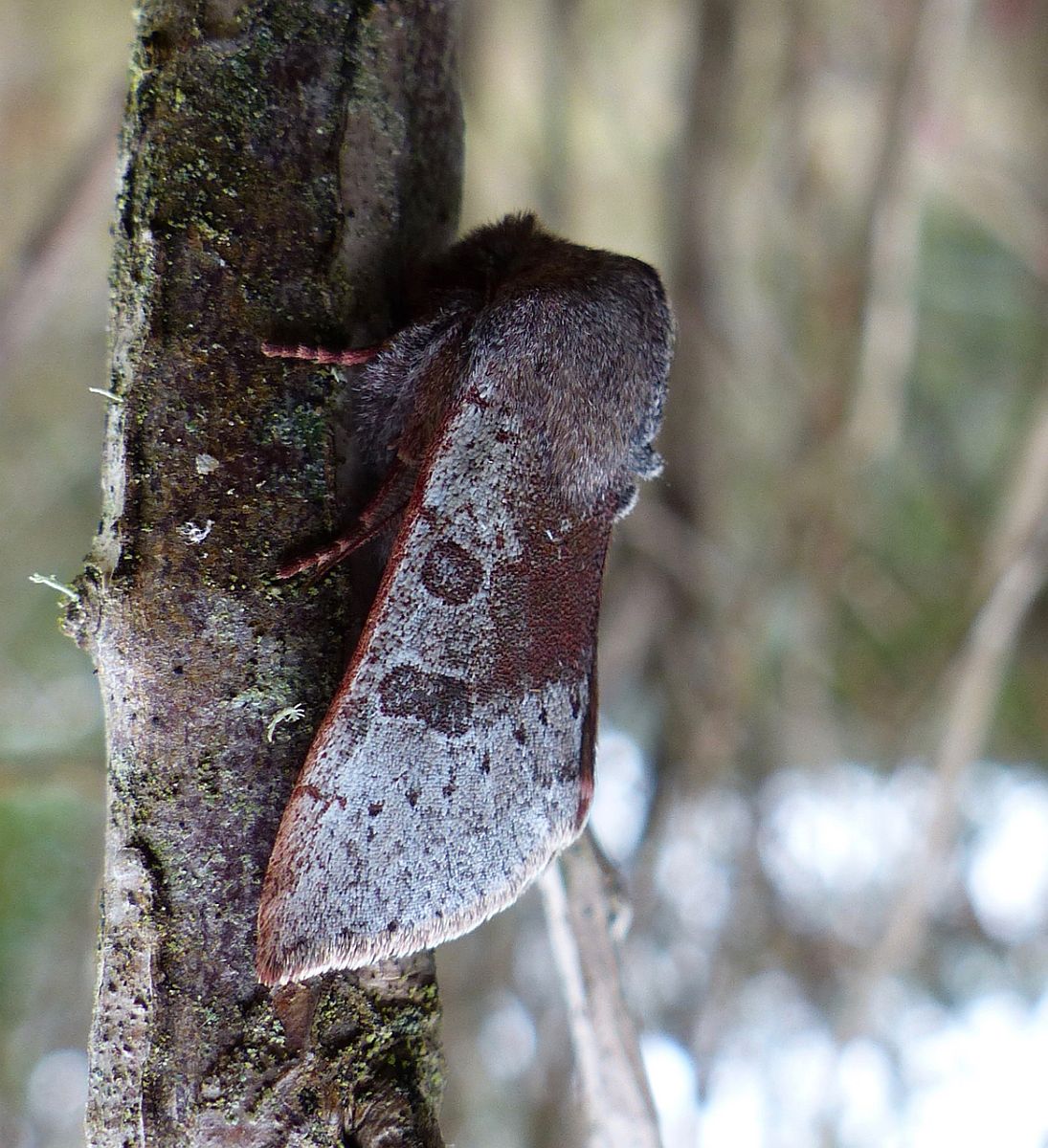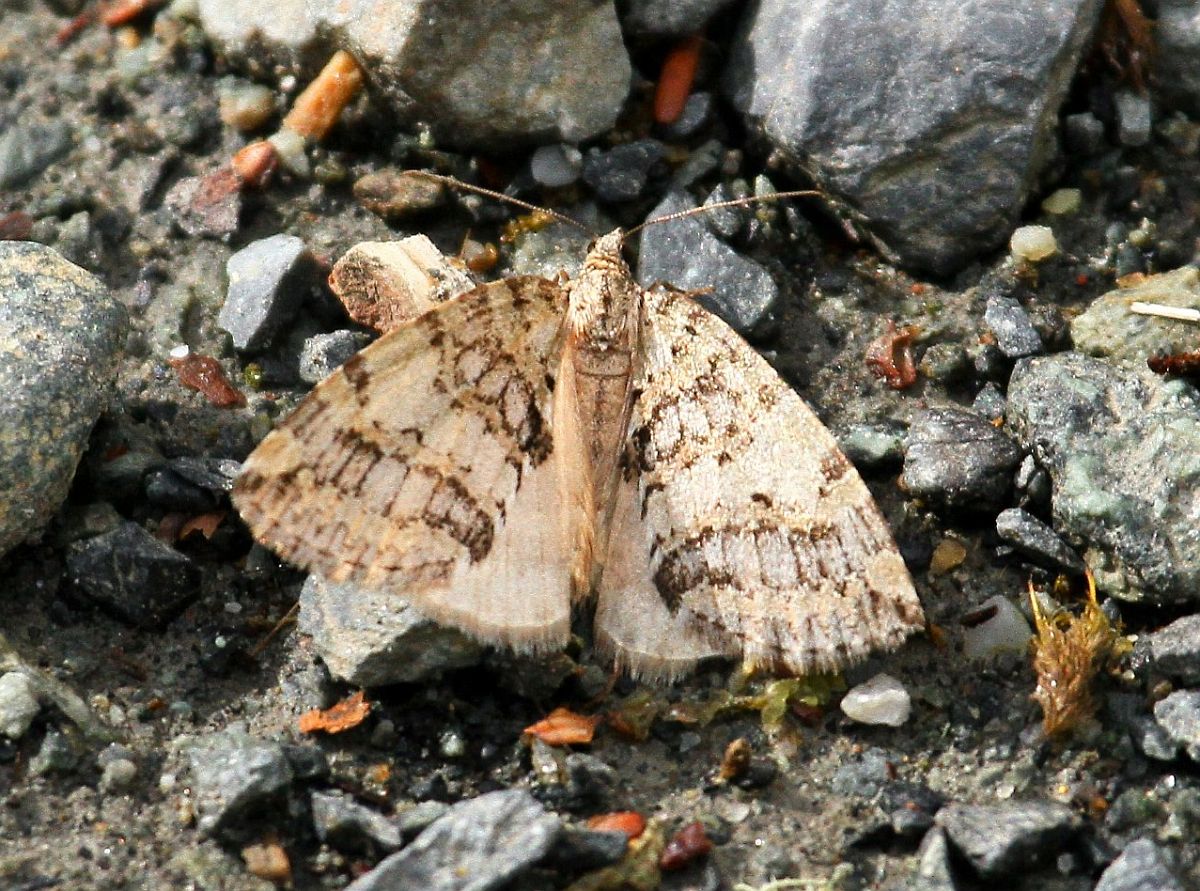2019 March 11 morning
Butterfly! In Metchosin yesterday Jochen Moehr had a glimpse of what looked like a tortoiseshell – very briefly, very alive, unfortunately not a trace of a chance to document it.
Although he didn’t manage to photograph the butterfly, as compensation he photographed another well-fed Ixodes pacificus from his dog. He writes: I had a chat with our vet, John Gayfer, who assured me that, although the documented contraction of a double Lyme disease infection by my friend is extremely rare, there is little to worry with our dogs, as dogs are less likely to get infected by ticks than humans, and the rate of infection of ticks is low around here anyway. So there may be hope . . .

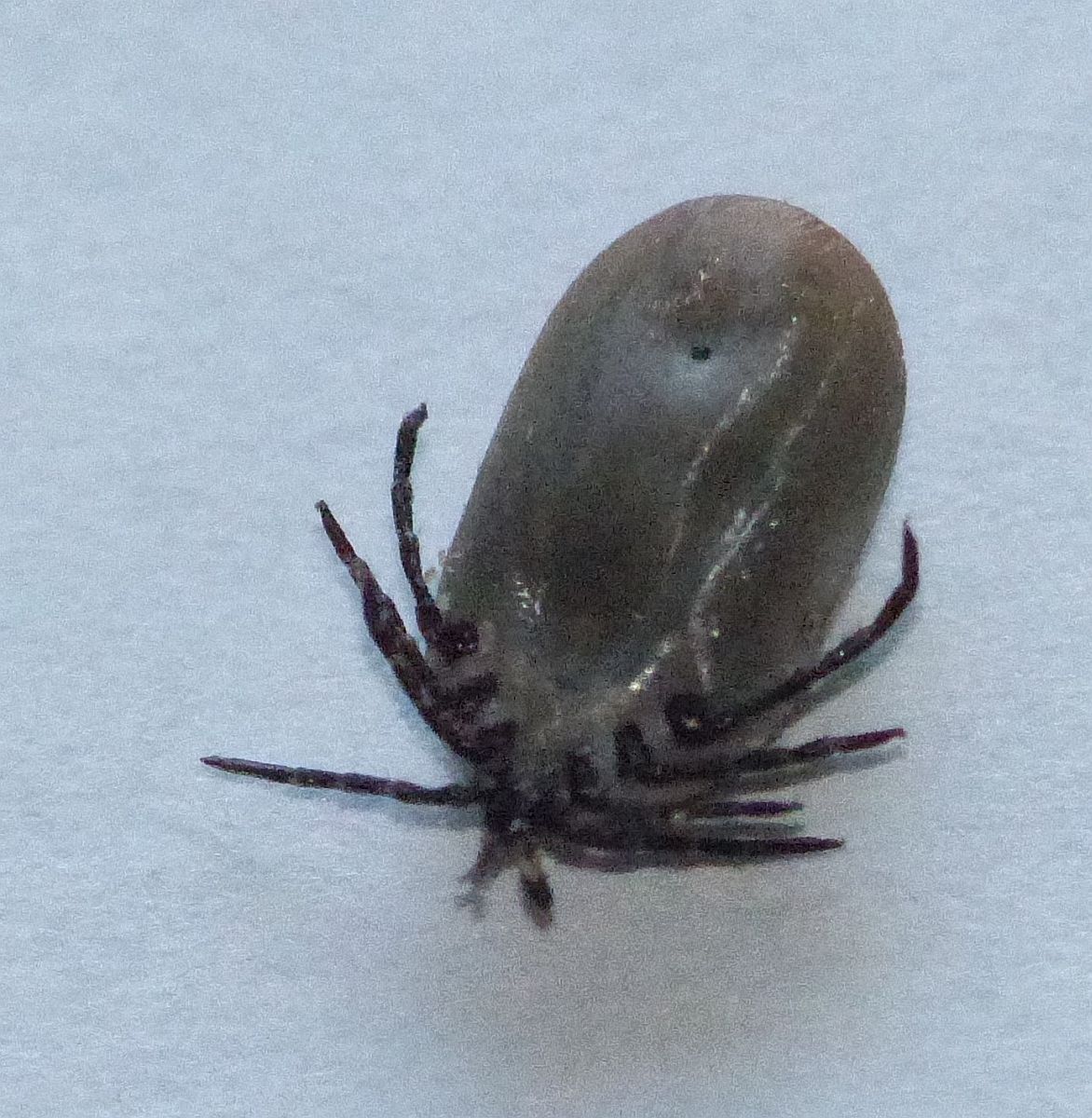
Ixodes pacificus (Acari: Ixodidae) Jochen Moehr
Jeremy Tatum writes: We’ve had several Oak Winter Highflyers on this site already this year, but here is my first at my apartment this morning.

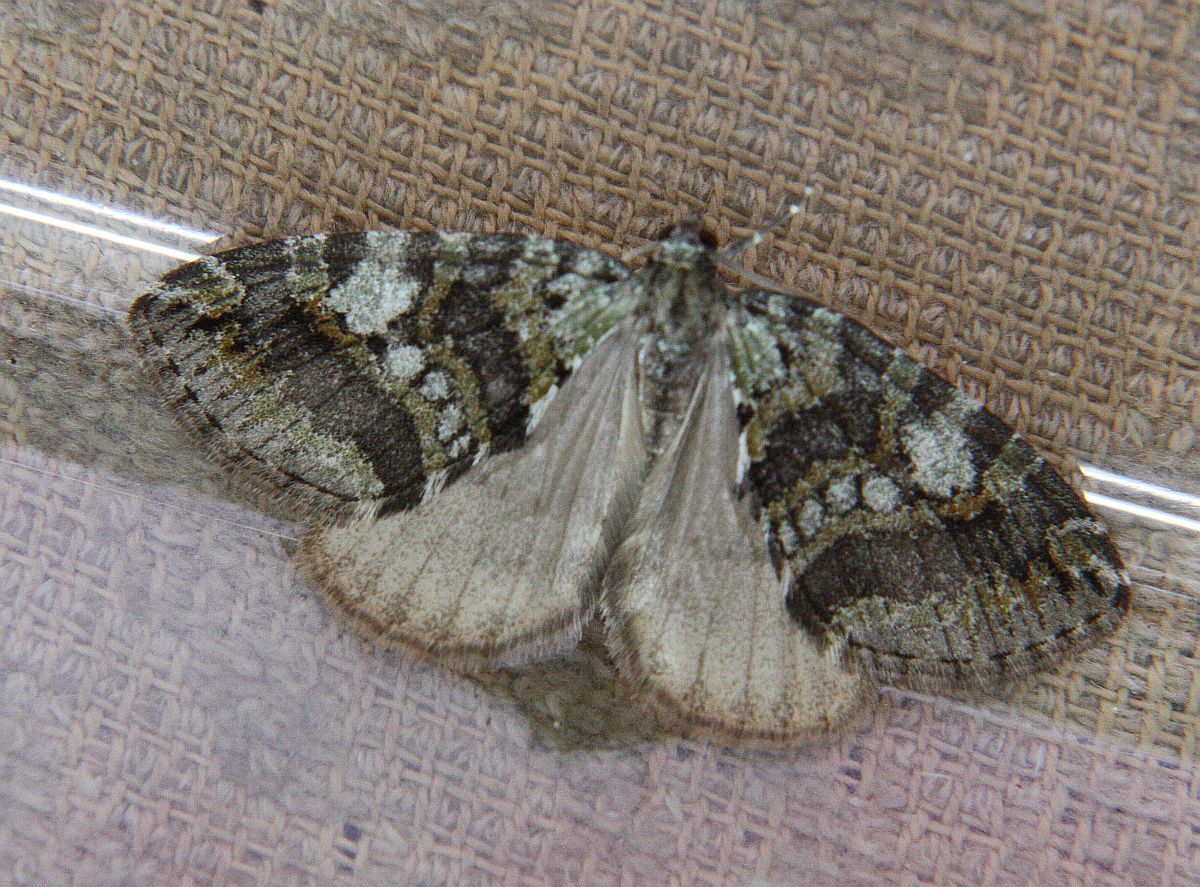
Oak Winter Highflyer Hydriomena nubilofasciata (Lep.: Geometridae) Jeremy Tatum
Jochen also photographed another Hydriomena species – Hydriomena manzanita. To my eyes H. manzanita doesn’t look very much like a typical highflyer. Maybe it more properly belongs to another genus.

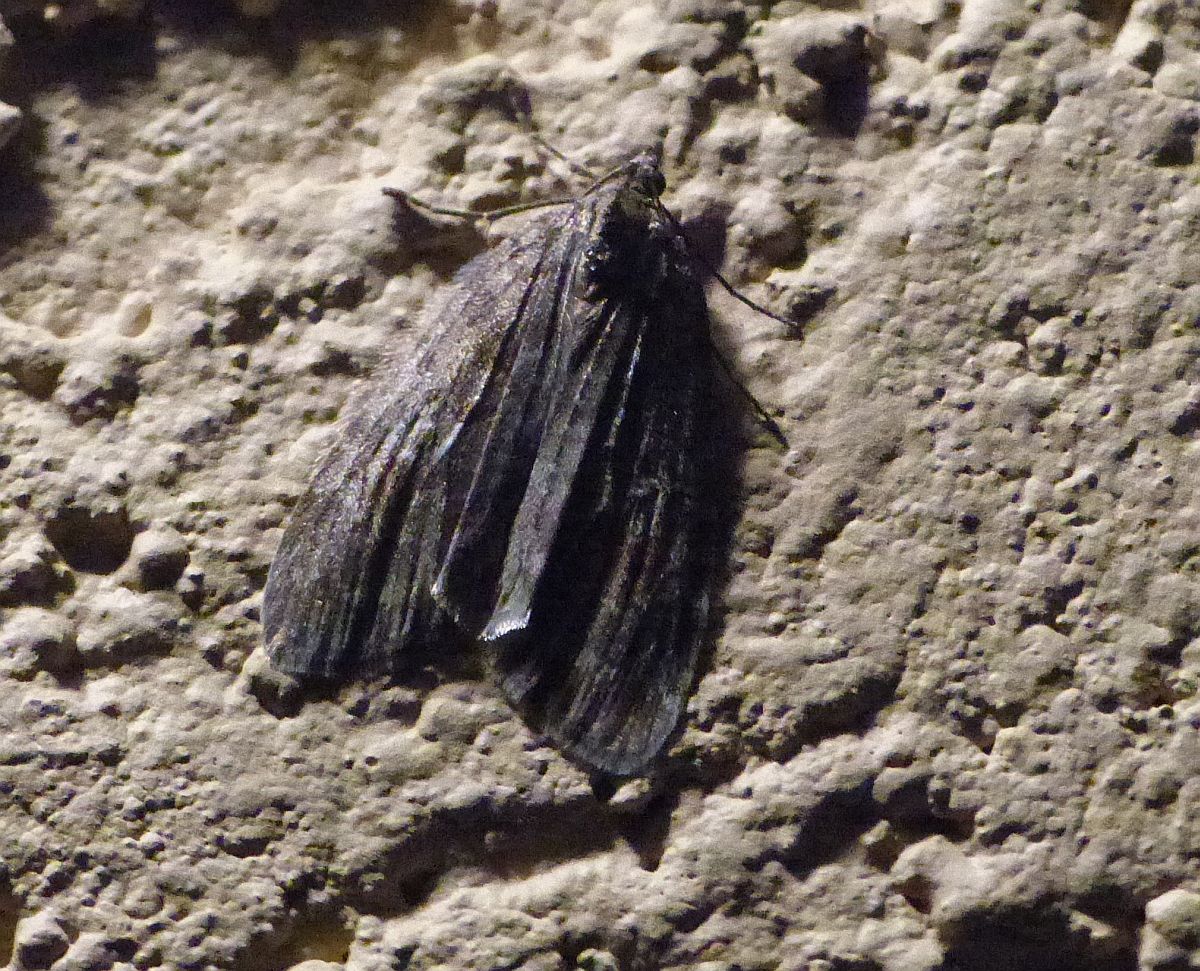
Hydriomena manzanita (Lep.: Geometridae) Jochen Moehr
Nathan Fisk sends a photograph of an unknown noctuid caterpillar chewing off some vetch seedlings at Fort Rod Hill Nursery.

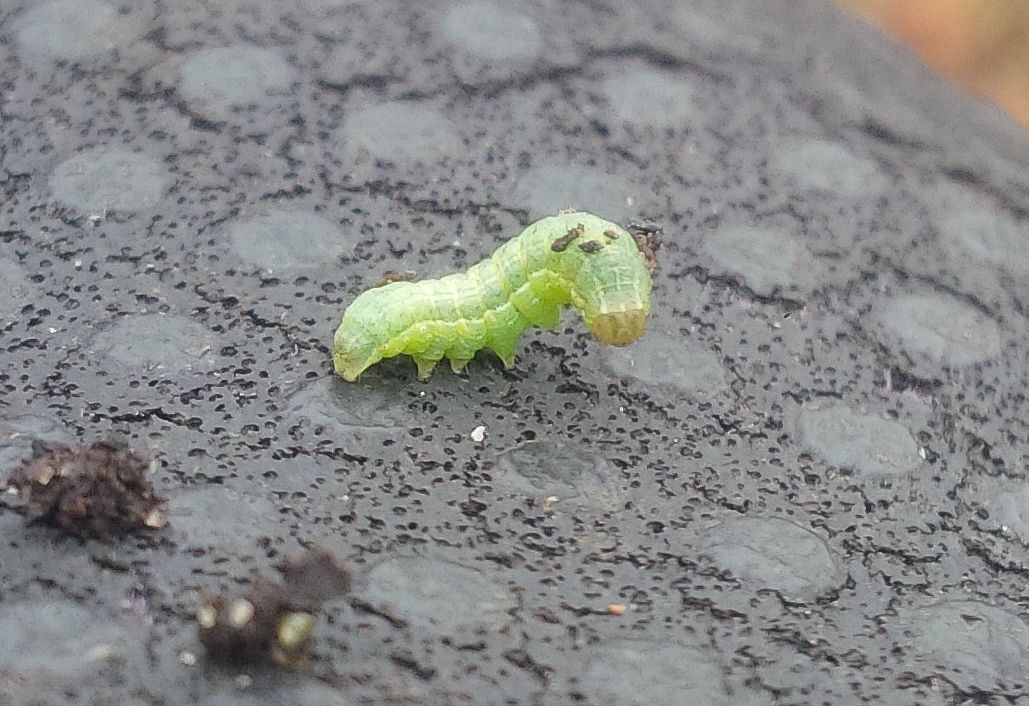
Unknown noctuid caterpillar (Lep.: Noctuidae) Nathan Fisk
Jochen had a busy time yesterday in Metchosin. As well as the tick and the highflyer, he photographed the moth Lithophane georgii and a brown lacewing. He also notes that his area is swarmed by pug moths (Eupithecia – Geometridae).

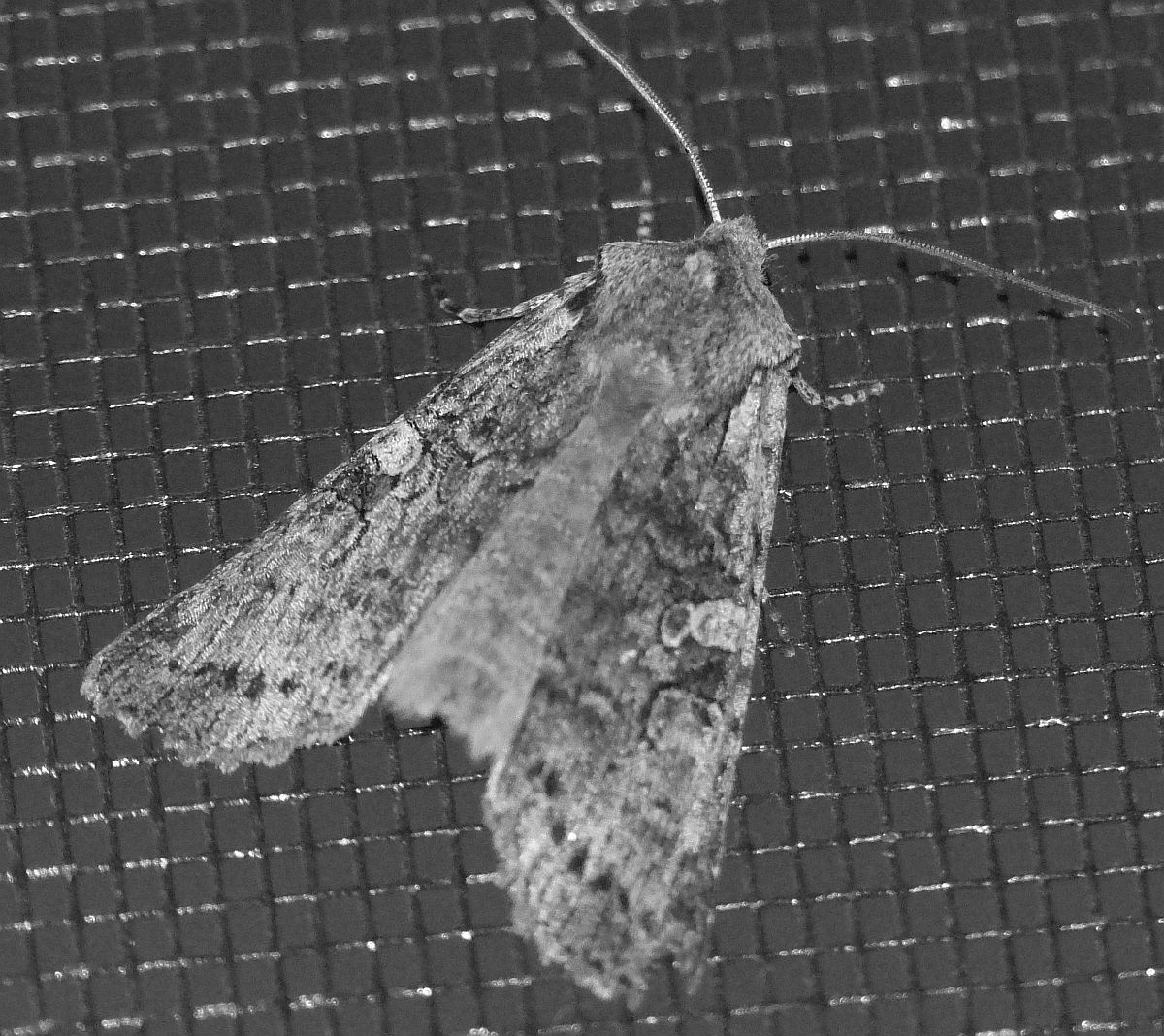
Lithophane georgii (Lep.: Noctuidae) Jochen Moehr

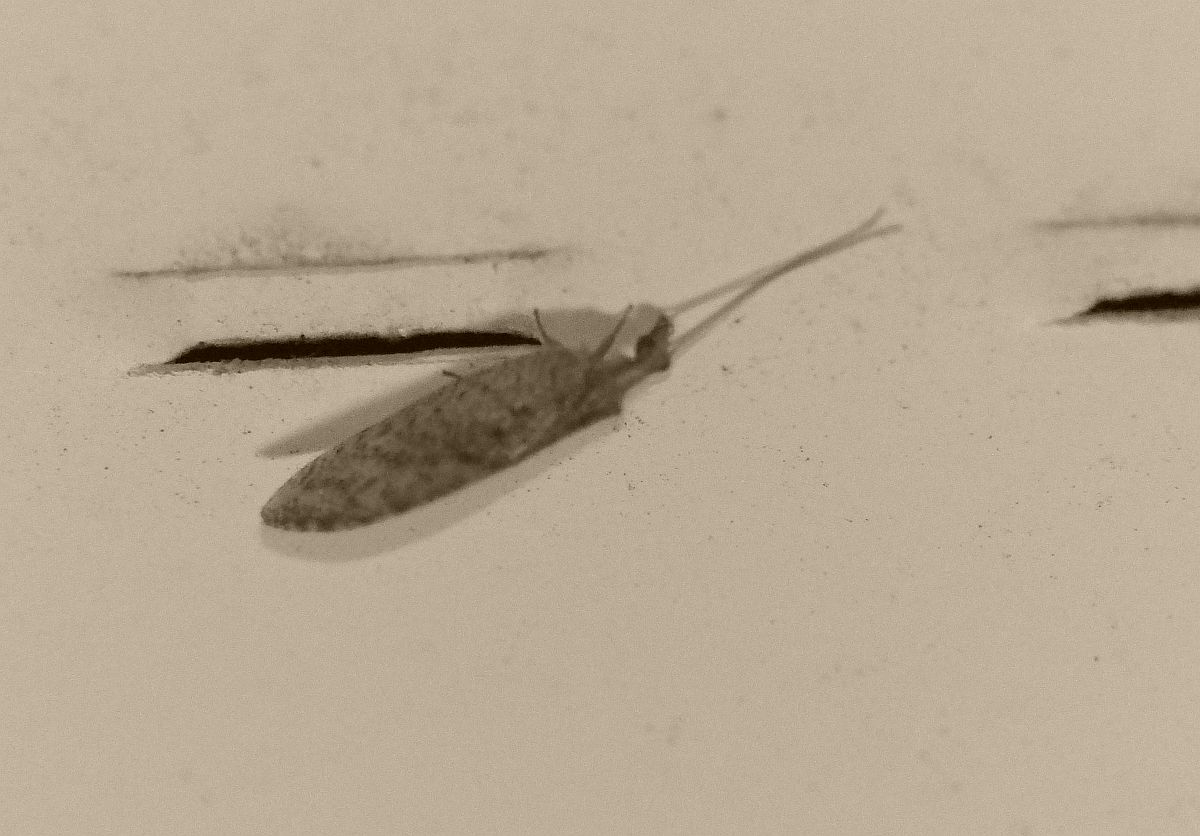
Brown lacewing (Neu.: Hemerobiidae) Jochen Moehr

